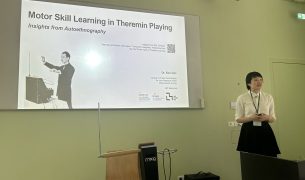Article published by Robert F. Engle, Sergio M. Focardi, and Frank J. Fabozzi in the Journal of Portfolio Management in June 2016. Sergio Focardi is professor of financial engineering at ESILV and researcher of Devinci Research Center – Finance Group at Pôle Léonard de Vinci.
In this article, the authors provide a nontechnical discussion of a number of practical and theoretical issues associated with implementing factor models used to explain or forecast equity returns.
The first issue is determining the number of factors (i.e., the number of variables needed to explain or forecast returns).
In finite markets such as stock markets, the problem of determining the true number of factors cannot be solved theoretically.
Instead, asset managers must be content with approximations using model selection criteria.
The authors then discuss the questions of overfitting and dimensionality reduction—both of which can lead to poor out-of-sample performance of investment or trading strategies.
Overfitting entails using a model that is too complex for the data available to the modeler; thus, the resulting model fits noise.
Dimensionality reduction solves the problem of dimensionality by using approximate models of reduced dimensionality that can be estimated with small samples.
An important instance of applying dimensionality reduction techniques is using factor GARCH models to forecast covariance matrices.
Finally, the authors discuss problems associated with backtesting. In trying to choose the best-performing model or strategy, a modeler may be tempted to run multiple backtests, thereby creating the risk of using out-of-sample backtesting as a form of in-sample testing. In turn, this leads to overfitting.
Learn more about Sergio Focardi
Learn more about the Devinci Research Center – Finance Group: www.devinci.fr
Full article: http://www.iijournals.com/doi/abs/10.3905/jpm.2016.42.5.094






















